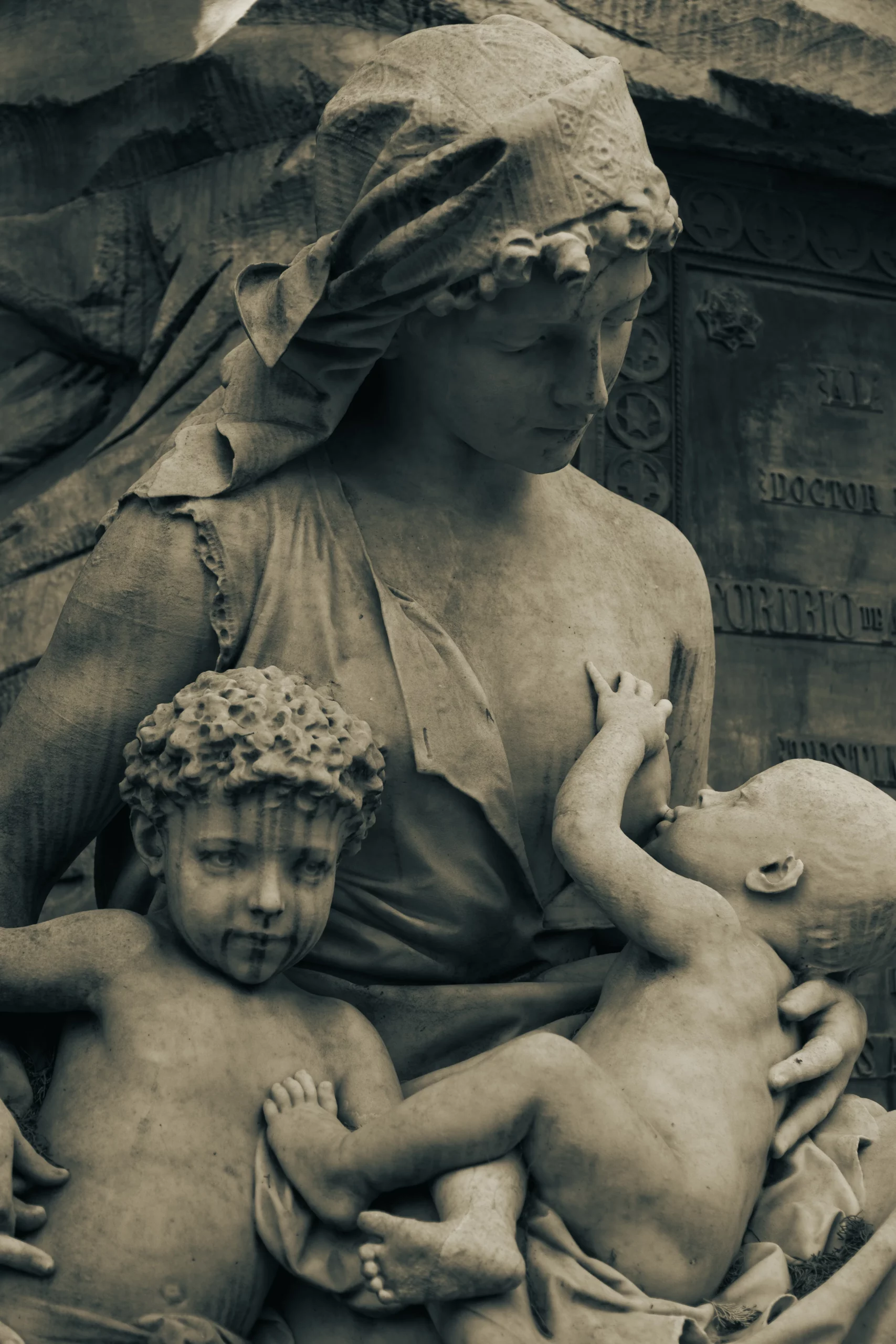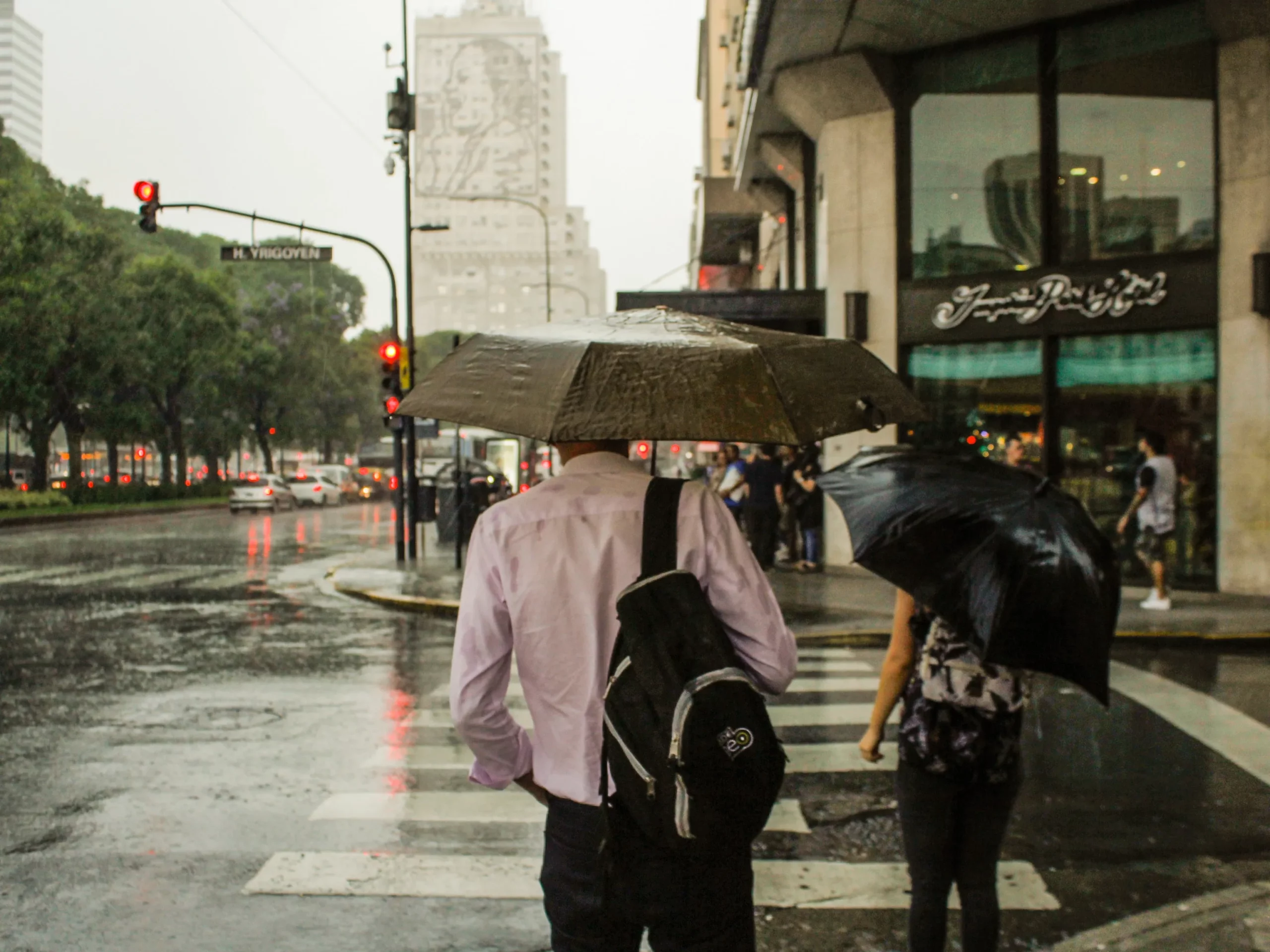Culture
Argentina is known for its rich and diverse cultural heritage, heavily influenced by waves of European immigration, particularly from Italy, Spain, France, Russia, and the United Kingdom. This multicultural background is evident in the country’s cities, where a significant portion of the population is of European descent.
These urban centers often showcase a blend of American and European styles in fashion, architecture, and design. Museums, cinemas, galleries, literary bars, and music venues contribute to the vibrant cultural scene in Argentina, offering a variety of experiences and genres.
In addition to European influences, Argentina’s culture has also been shaped by indigenous American traditions and the country lifestyle of the gauchos.
While Amerindian and African cultures have played a lesser role, they still leave their mark, especially in music and art. The indigenous heritage has become intertwined with the broader cultural identity of Argentina, contributing to its unique blend of influences.
The sentiment of a dual identity, balancing European heritage with a connection to the rest of the continent, is elegantly captured by Argentine writer Ernesto Sabato. This fusion of influences and ideals is reflected in the country’s cultural expressions.
Literature
Argentina’s literary heritage dates back to the 16th century, but it truly flourished in the 19th and 20th centuries with the emergence of various literary movements and influential writers.
The 19th century saw the rise of romanticism, marked by Esteban Echeverría’s landmark work “El Matadero”.
This period was characterized by an ideological divide between José Hernández’s popular, federalist epic “Martín Fierro” and Sarmiento’s elitist and cultured masterpiece “Facundo.”
Moving into the 20th century, the Modernist movement gained prominence, featuring writers like Leopoldo Lugones and the poet Alfonsina Storni. Vanguardism followed, with Ricardo Güiraldes’s “Don Segundo Sombra” becoming a notable reference.
Jorge Luis Borges stands out as Argentina’s most celebrated writer, known for his philosophical explorations and use of metaphor. His works, such as “Ficciones” and “The Aleph,” have left a lasting impact on world literature.
Adolfo Bioy Casares, Borges’s collaborator, gained acclaim for his science fiction novel “The Invention of Morel.”
The Latin American Boom was a significant literary movement, and Julio Cortázar emerged as a leading figure. His innovative narratives influenced writers across the Americas and Europe.
An intriguing episode in Argentine literary history is the rivalry between the Florida Group and the Boedo Group, with writers like Jorge Luis Borges and Roberto Arlt respectively. These groups held distinct ideologies and contributed to the country’s diverse literary landscape.
Argentina has produced numerous esteemed writers, poets, and essayists, including Estanislao del Campo, Eugenio Cambaceres, Victoria Ocampo, Manuel Mujica Láinez, and Osvaldo Soriano, among many others.
This rich literary tradition continues to shape the country’s cultural identity and global literary discourse.



